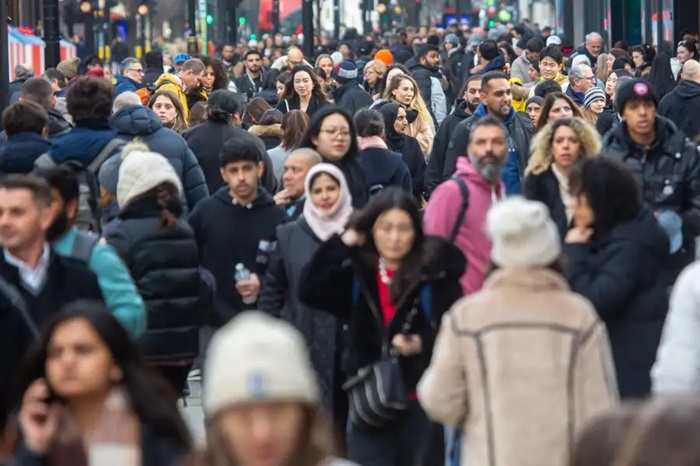A recent study has sent shockwaves through the health community as researchers report that the life expectancy gap in the United States has expanded to a staggering 20 years. This disparity, described as “truly alarming,” is a stark reminder of the deep – seated health inequalities plaguing the nation.
The 20 – year difference in life expectancy is a significant jump from previous years. It means that depending on various factors such as socioeconomic status, race, and access to healthcare, some Americans can expect to live two decades longer than others. For example, in certain affluent neighborhoods with excellent healthcare access and a healthy lifestyle environment, the average life expectancy may be in the high 80s or even 90s. In contrast, in some impoverished and underserved communities, it may be in the late 60s or early 70s. This gap is not only a matter of numbers but also has profound implications for the quality of life and opportunities available to different segments of the population.
There are multiple factors at play. Socioeconomic status is a major determinant. Those with higher incomes tend to have better access to quality healthcare, including preventive services, regular check – ups, and advanced medical treatments. They can afford healthier food options, live in safer neighborhoods with more opportunities for physical activity, and have less stress related to financial insecurity. Race also plays a role. Minority populations, particularly African Americans and some Hispanic groups, often face systemic barriers in accessing healthcare. They may have higher rates of chronic diseases such as diabetes and hypertension due to a combination of genetic predisposition, lifestyle factors influenced by poverty, and unequal access to healthcare resources. Additionally, educational attainment is linked. Higher education levels are associated with better health literacy, which leads to more informed health decisions and greater utilization of healthcare services.
This widening life expectancy gap has far – reaching consequences for society. It exacerbates social and economic inequalities. The shorter life expectancy in some groups can lead to a loss of productivity and increased burden on social welfare systems. Families in underserved communities may experience more premature deaths, which can disrupt family structures and have a negative impact on the upbringing of children. There is also a potential for increased social unrest as the disparity becomes more apparent and those affected feel marginalized and left behind.
Researchers and health advocates are calling for urgent action. There is a need for policies that address the root causes of these disparities. This includes improving access to affordable healthcare for all, regardless of income or race. Investment in public health initiatives in underserved areas, such as community health centers and preventive health programs, is crucial. Additionally, efforts to reduce poverty and improve educational opportunities can have a positive impact on health outcomes in the long run. There should also be a focus on increasing health literacy and promoting healthy lifestyles across all segments of the population.
In conclusion, the 20 – year life expectancy gap in the United States is a wake – up call. It demands the attention of policymakers, healthcare providers, and society as a whole to work towards reducing these health disparities and ensuring a more equitable distribution of health and longevity.
Read more
- Top 10 Supplements For Gay Men
- The 5 best absorbed men’s multivitamin
- Healthcare In 2024: What’s New, What’s Next?


